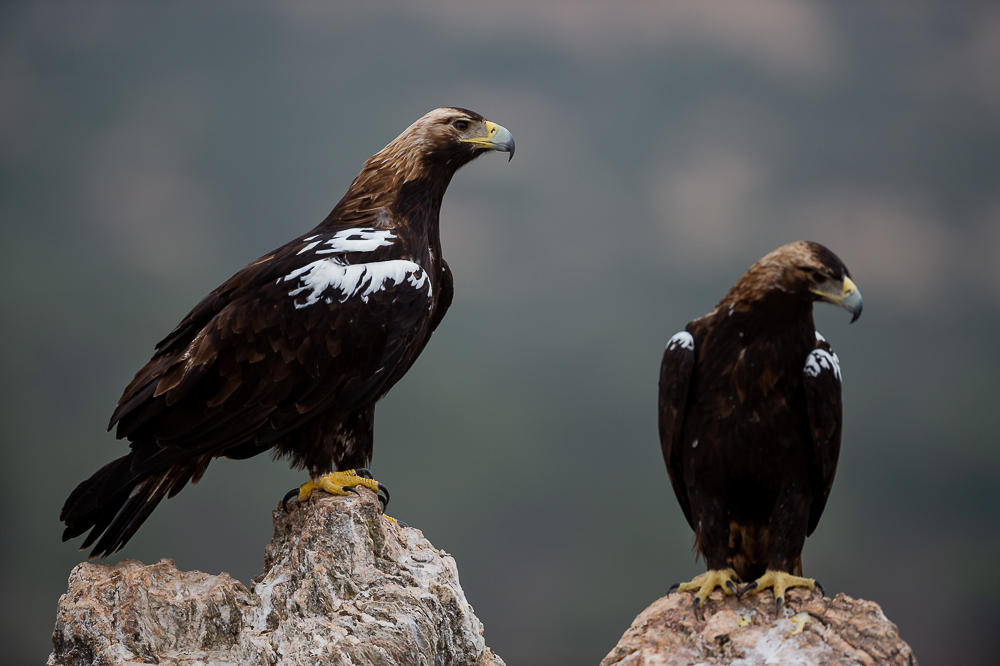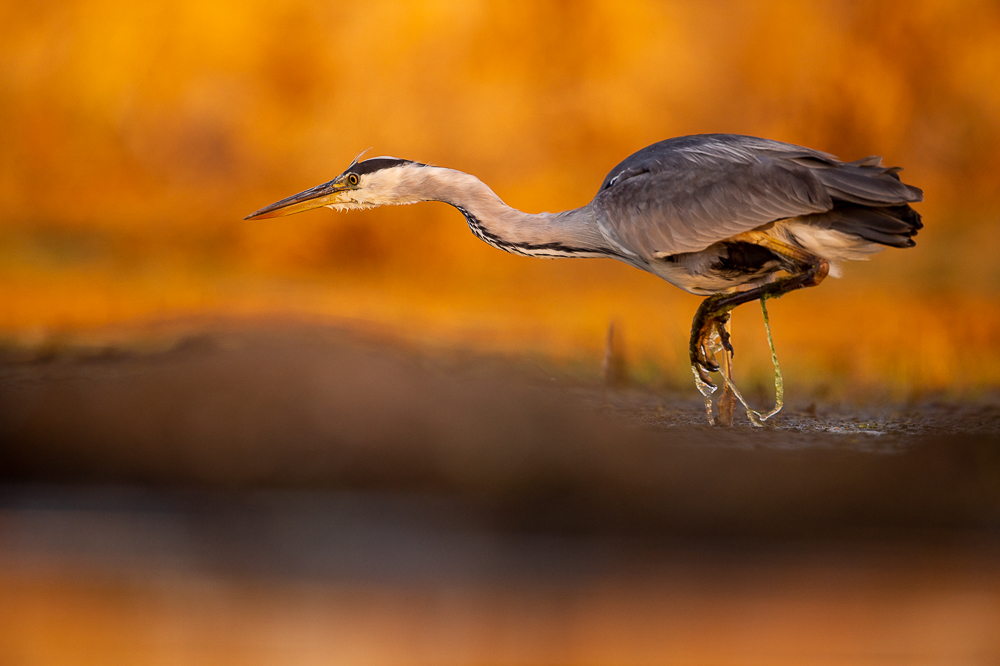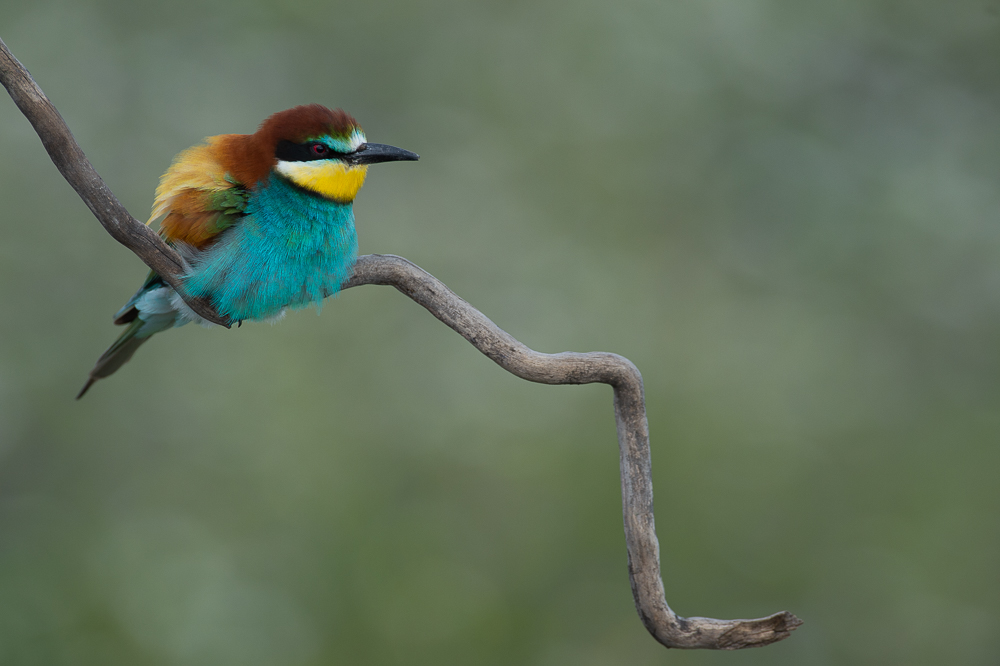Birding in Extremadura
Birding in Extremadura is a portal belonging to the General Directorate of Tourism of the Department of Culture, Tourism and Sport of the Government of Extremadura, that aims to promote ornithological tourism in this region. In its different sections, you can find all of the necessary information on the different species of birds, their habitats, the routes and itineraries that are available in the places of greatest interest for bird-watching and the times of year recommended for it, tourist services and, ultimately, everything we need to plan our ornithological trip and make the most of our stay in Extremadura.
Extremadura and birds
The Autonomous Community of Extremadura is considered one of the most important regions in Europe for birds and thus it is among the most prized destinations for birdwatching enthusiasts and nature lovers from all over the world, drawn by the possibility of observing birds in natural habitats of great beauty and also of enjoying the interesting cultural and historical heritage of Extremadura.
It is without a doubt an authentic birdwatching paradise due to the excellent state of conservation of its natural habitats, in which Mediterranean vegetation finds one of its best expressions. Wood pasture (dehesa) is the most emblematic landscape of the region and plays a crucial role in the great diversity of birds, as many species are closely associated with this valuable habitat. But this territory also brings together a great variety of habitats that make up a complex mosaic, from high mountain landscapes of the Sierra de Gredos mountain range, passing through the extensive pasture lands of the peneplains, the dense Mediterranean forest formations that still cover the sides of many mountains and riverbanks, to the intricate network of waterways, tributaries of the Tajo and Guadiana rivers distinguished by large reservoirs. The agricultural landscape completes and enriches this diverse mosaic, integrating itself harmoniously with the natural habitats and highlighting the importance for the birds of the grain fields and irrigated crops, mainly rice and corn.
In recognition of its ornithological importance 74.1% of its extensive territory has been included in the Important Bird Areas of Spain (SEO/BirdLife, 1995), an exceptional situation at both the national and European level.
In Extremadura up to 385 species of birds (including 30 species which are of captive origin) have been recorded (Prieta, J., Mayordomo, S., y Sánchez H. 2019). Of these, 146 are considered breeders, including those that stay in the region throughout the year (resident) and those that nest here but migrate to other latitudes to winter (summer visitors). The wintering birds are the second largest group, with 104 species, as the moderate winter temperatures and the abundance of food makes it possible for the region to host populations of more northerly birds and permit some breeding species to remain here during the coldest months. In addition, due to its latitude, the migratory routes of many species cross the region, where the birds forage and rest during their migrations toward their wintering or breeding areas.
The importance of Extremadura in the conservation of some of the most threatened bird species in Europe is worth noting. This is the case of emblematic species such as the Iberian Imperial Eagle, Black Stork, Black Vulture, Bonelli's Eagle, Egyptian Vulture, Lesser Kestrel, Montagu's Harrier and Great Bustard.
To ensure the conservation of the most threatened species and their valuable habitats, the Autonomous Government of Extremadura has designated 71 Special Protection Zones for Birds (SPA) in application of the European Directive on the Conservation of Wild Birds (79/409/EC). This network of SPAs, one of the most extensive on the Iberian peninsula, currently represents more than 26% of the region's territory (about 1,100,000 ha).



